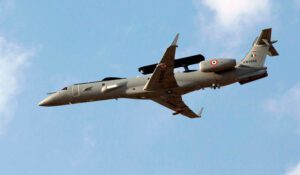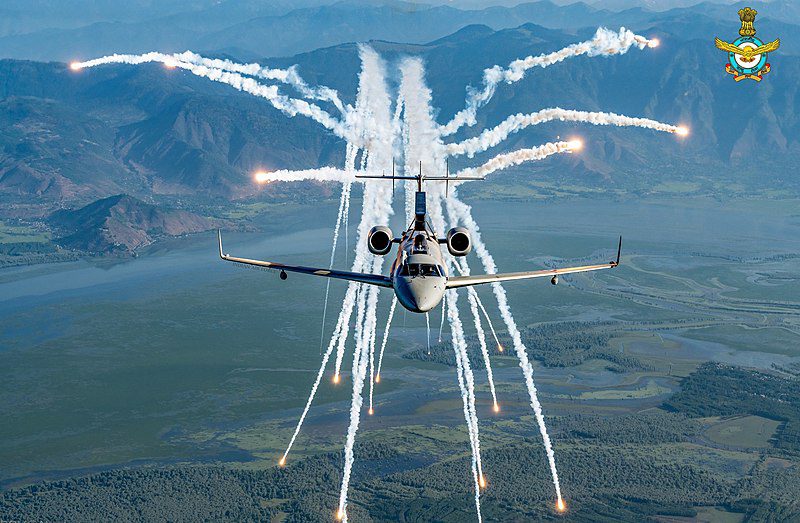Indian Air Force Orders 6 New Netra MK1 Airborne Early Warning Systems
The Indian Air Force (IAF) recently made a pivotal decision by ordering 6 new Netra MK1 Airborne Early Warning and Control (AEW&C) systems. This significant acquisition will play a crucial role in bolstering India’s air defense capabilities. This article aims to delve deep into what the Netra MK1 system is, how it contributes to India’s defense mechanism, and why this decision is a strategic move for the Indian Air Force.
What is the Netra MK1?
Netra MK1 is an Airborne Early Warning and Control system developed by India’s Center for Airborne Systems (CABS), a laboratory under the Defense Research and Development Organization (DRDO). The system is mounted on an Embraer ERJ 145 aircraft and features an Active Electronically Scanned Array (AESA) radar, advanced communication systems, and electronic countermeasures to provide 240-degree surveillance.

While the Netra MK1 Airborne Early Warning and Control (AEW&C) system has proven itself as a formidable addition to the Indian Air Force’s capabilities, its instrumental role in the Balakot strike sheds light on how critical this system can be in executing sensitive military operations. Let’s delve into how the Netra MK1 was a game-changer during this event.
The Balakot strike was an aerial operation carried out by the Indian Air Force on February 26, 2019, targeting terrorist training camps in Balakot, Pakistan. The strike was in response to the Pulwama attack that claimed the lives of more than 40 Indian security personnel.
Advantages of Netra MK1
Real-time Surveillance
The primary advantage of the Netra MK1 system lies in its ability to offer real-time 360-degree radar coverage. This feature helps in the early detection of incoming aircraft, missiles, and drones, giving the Indian Air Force a decisive edge.
Advanced Communication Systems
With Netra MK1, the Indian Air Force will benefit from encrypted, secure communication systems, ensuring the confidentiality of mission-sensitive information.
Multi-mission Capabilities
This system isn’t just restricted to aerial surveillance; it can also guide the IAF’s fighter jets for air-to-air refueling, enhancing the operational range of the aircraft.
Strategic Importance
Enhancing Situational Awareness
Situational awareness is critical in modern warfare, and the Netra MK1 will serve as the “eye in the sky,” helping the IAF make better tactical decisions.
Countering Adversaries
In a geo-politically sensitive region, the Netra MK1 provides India with a significant advantage by allowing them to keep tabs on the activities of potential adversaries, thereby ensuring national security.
Augmenting Existing Systems
While the IAF already has some AEW&C systems in place, the Netra MK1 adds a layer of sophistication and indigenous development, thereby reducing dependence on foreign technology.
The decision to acquire 6 new Netra MK1 AEW&C systems is a strategically significant move for the Indian Air Force. Not only will it substantially improve the IAF’s early warning capabilities, but it will also enhance situational awareness, offer advanced communication systems, and provide multi-mission capabilities. This is a leap forward in modernizing and strengthening the Indian Air Force, enabling it to better protect the nation’s skies.
